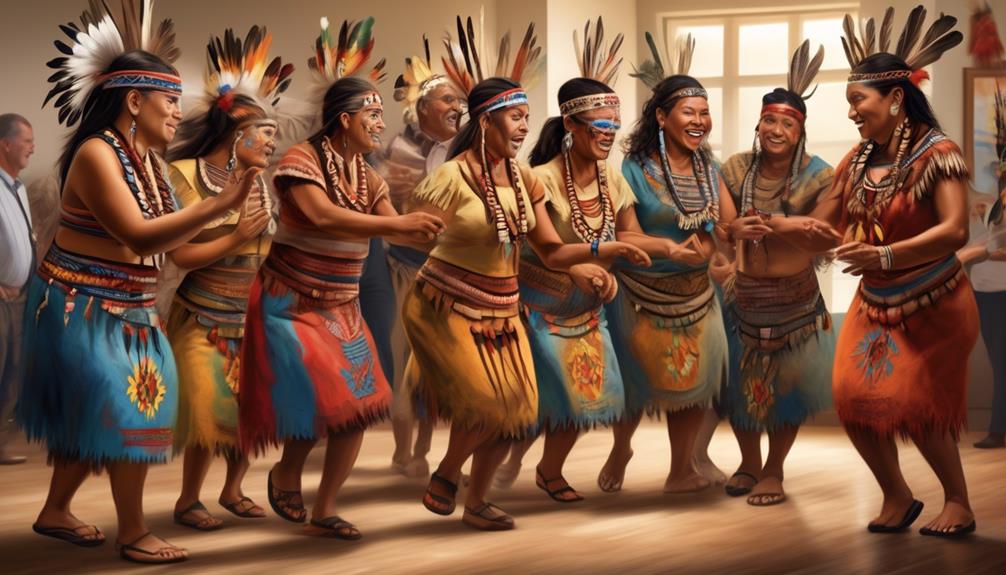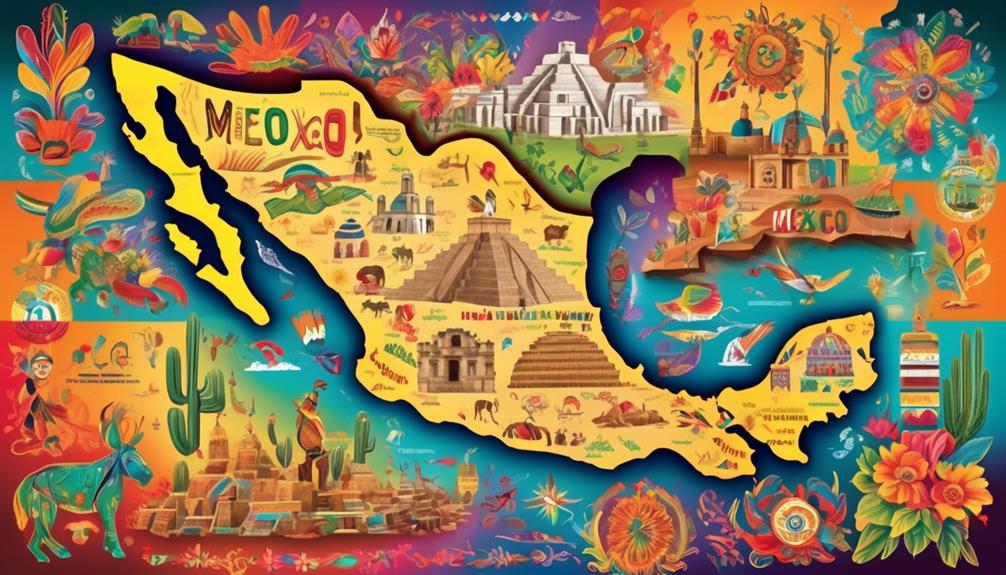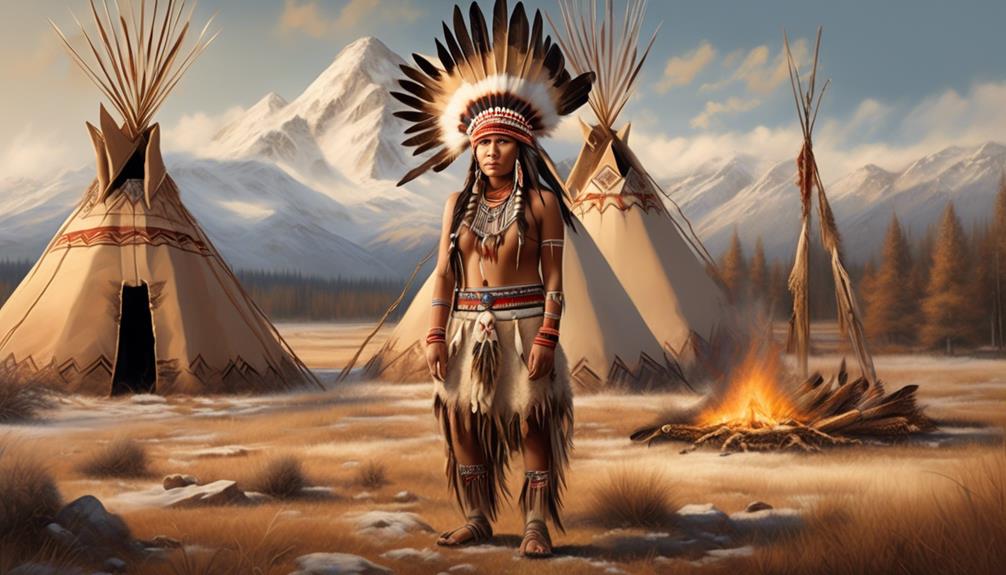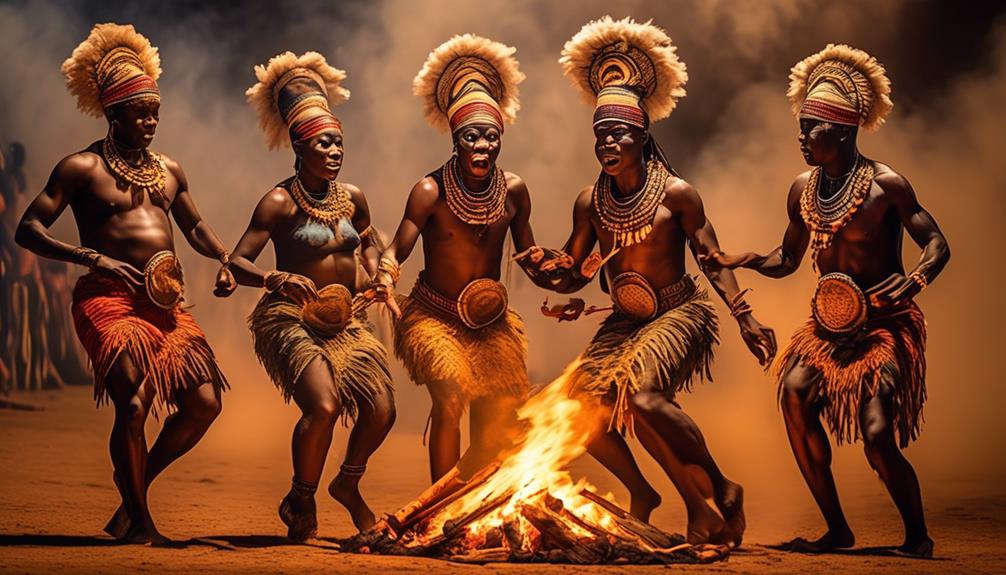Analyzing the extensive data and heartbreaking stories surrounding missing and murdered Indigenous women, it is clear that urgent action is required.
However, simply acknowledging the problem is not enough. There are tangible steps we can take to make a difference, from understanding the root causes of this crisis to actively supporting Indigenous-led initiatives.
But how exactly can we contribute to meaningful change? Let's explore some practical ways we can address this pressing issue and truly make an impact.
Key Takeaways
- Acknowledge the historical and systemic factors contributing to the crisis of missing and murdered Indigenous women.
- Raise awareness about the realities facing Indigenous women through community events and educational initiatives.
- Advocate for policy reforms that prioritize the safety and well-being of Indigenous women and girls.
- Support Indigenous-led initiatives by engaging with local communities, fostering partnerships, and integrating cultural traditions and knowledge.
Understanding the Issue
Understanding the issue of missing and murdered Indigenous women requires acknowledging the historical and systemic factors that have contributed to this ongoing crisis. From an Indigenous perspective, the roots of this crisis run deep, intertwined with a legacy of colonization, marginalization, and systemic injustice. For centuries, Indigenous women have faced disproportionately high rates of violence, often at the hands of non-Indigenous individuals, and their cases have been met with indifference from law enforcement and the justice system.
Systemic injustice has perpetuated this crisis, with failures in reporting, investigating, and prosecuting cases of missing and murdered Indigenous women. This has led to a pervasive sense of mistrust and fear within Indigenous communities, further exacerbating the issue.
It's crucial to recognize that addressing this crisis requires a comprehensive understanding of the complex historical and contemporary factors at play.
Raising Awareness

Raising awareness about the crisis of missing and murdered Indigenous women is crucial in mobilizing support and action to address this urgent issue. To achieve this, we must engage our communities and educate them about the realities facing Indigenous women.
Here are some key strategies for raising awareness:
- Community Engagement
- Organize community events, such as panel discussions or workshops, to bring people together to learn and discuss the issue.
- Collaborate with local Indigenous organizations and leaders to ensure that the awareness efforts are culturally relevant and respectful.
- Education and Allyship
- Implement educational initiatives in schools and workplaces to foster a deeper understanding of the challenges Indigenous women face.
- Encourage individuals to become allies by promoting cultural sensitivity and advocating for the rights and safety of Indigenous women.
Advocating for Policy Changes
To make a lasting impact in addressing the crisis of missing and murdered Indigenous women, we must now focus our efforts on advocating for policy changes that will bring about tangible and meaningful solutions.
Policy reform is crucial in addressing the systemic issues that contribute to the high rates of violence against Indigenous women. Through legislative advocacy, we can push for the implementation of policies that prioritize the safety and well-being of Indigenous women and girls.
Advocating for policy changes involves engaging with lawmakers and decision-makers to push for reforms that address the root causes of violence against Indigenous women. This can include advocating for increased funding for law enforcement agencies to improve their response to missing persons cases involving Indigenous women, as well as pushing for the implementation of culturally sensitive support services for Indigenous communities.
Additionally, advocating for policy changes also entails working towards the incorporation of Indigenous perspectives and traditional knowledge into the development of laws and policies that directly impact Indigenous women.
Supporting Indigenous-Led Initiatives
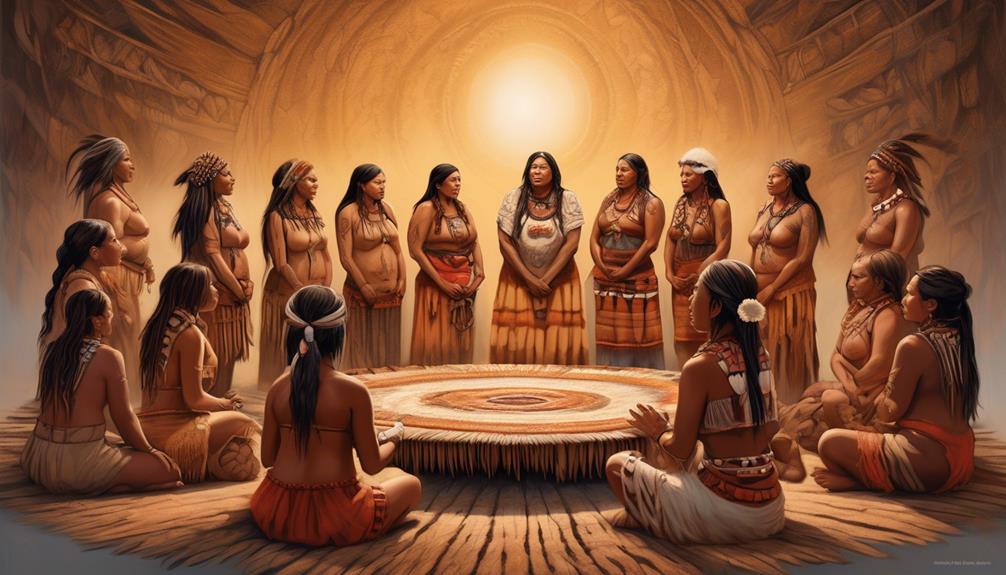
We are committed to actively supporting Indigenous-led initiatives aimed at addressing the unique challenges faced by Indigenous women and girls. It's crucial that we prioritize community involvement and cultural sensitivity in our approach to supporting these initiatives.
- Community Involvement
- Engage with local Indigenous communities to understand their specific needs and priorities.
- Foster meaningful partnerships with grassroots organizations and community leaders to ensure that initiatives are truly reflective of the community's desires and aspirations.
- Cultural Sensitivity
- Integrate cultural traditions, practices, and knowledge into the design and implementation of initiatives, respecting the diversity and richness of Indigenous cultures.
- Provide opportunities for Indigenous women and girls to lead and shape the initiatives, honoring their voices and lived experiences.
Taking Direct Action
Let's roll up our sleeves and start taking direct action to address the systemic issues contributing to the disappearances and murders of Indigenous women and girls. Community organizing and grassroots activism are powerful tools that can bring about significant change.
By organizing within our communities, we can advocate for policy reforms, raise awareness, and provide support to those affected. One way to take direct action is to organize community forums or events where Indigenous women and their families can share their experiences and voice their concerns. These gatherings can serve as a platform for community members to come together, offer support, and strategize for change.
Grassroots activism involves mobilizing individuals at the local level to collectively work towards a common goal. This can include organizing marches, creating educational materials, and engaging in outreach efforts to raise awareness about the plight of missing and murdered Indigenous women.
Frequently Asked Questions
What Are Some Common Barriers That Prevent Indigenous Communities From Accessing Justice for Missing and Murdered Indigenous Women?
Barriers preventing indigenous communities from accessing justice for missing and murdered indigenous women include:
- Lack of cultural sensitivity in the justice system
- Inadequate community support
- Insufficient advocacy
These challenges can hinder the reporting of cases and the pursuit of justice.
Our efforts must address these barriers by:
- Promoting cultural awareness
- Providing robust community support
- Advocating for systemic change
This is necessary to ensure that indigenous women receive the justice and support they deserve.
How Can Individuals Support Indigenous-Led Initiatives in a Culturally Respectful and Meaningful Way?
We can support indigenous-led initiatives in a culturally respectful and meaningful way by building supportive partnerships and enhancing cultural competency.
This involves actively listening to indigenous communities, respecting their leadership, and learning about their cultural traditions and values.
What Are Some Effective Ways to Take Direct Action in Addressing the Issue of Missing and Murdered Indigenous Women?
When addressing the issue of missing and murdered indigenous women, direct action is crucial.
Engaging in community empowerment initiatives and supporting indigenous-led organizations are effective ways to make a difference.
By amplifying indigenous voices and advocating for systemic change, we can work towards justice.
As the saying goes, 'actions speak louder than words,' so let's take direct action and stand in solidarity with indigenous communities to address this critical issue.
How Can Non-Indigenous Individuals Advocate for Policy Changes That Support and Protect Indigenous Women and Girls?
We can advocate for policy changes that support and protect indigenous women and girls by:
- Engaging with local and national government representatives
- Joining or supporting organizations that focus on indigenous rights
- Participating in advocacy campaigns
Community engagement is crucial for raising awareness and mobilizing support for policy changes.
What Are Some Important Cultural Considerations to Keep in Mind When Raising Awareness About Missing and Murdered Indigenous Women Within Non-Indigenous Communities?
When it comes to raising awareness about missing and murdered indigenous women within non-indigenous communities, cultural sensitivity is paramount.
It's pivotal to understand and respect the cultural nuances and traditions of indigenous communities.
Engaging with the community in a respectful and inclusive manner is crucial for effective advocacy.
Conclusion
In conclusion, it's crucial that we all come together to address the crisis of missing and murdered indigenous women.
By raising awareness, advocating for policy changes, and supporting indigenous-led initiatives, we can make a real difference.
Let's not just talk the talk, but also walk the walk and stand up for those who've been marginalized and forgotten.
It's time to put our money where our mouth is and take meaningful action to bring about change.
Mary is a passionate writer who brings creativity and a fresh perspective to our team. Her words have the power to captivate and inspire, making her an essential contributor to our content. Mary’s commitment to storytelling and dedication to promoting Indigenous culture ensures that her work touches the hearts of our readers. We’re fortunate to have her as part of our team.



